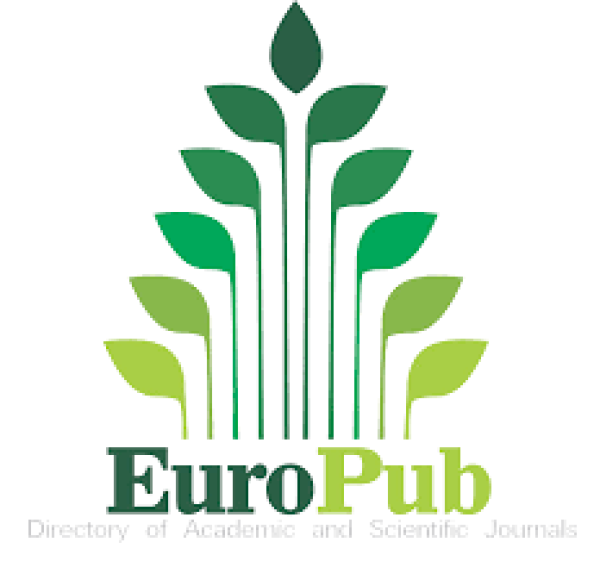Diversity and Utilization of Wild Plants and Macrofungi: Its Contribution to Rural Livelihood in Cabagan, Isabela, Philippines
DOI:
https://doi.org/10.65141/jeraff.v4i1.n7Keywords:
wild plants, diversity, land uses, macrofungi, conservation, endemismAbstract
Wild plants and macrofungi play important roles in the lives of people in the world especially in upland and rural areas. The presence of wild plants in the community can significantly improve food security and the standard of living of the farmers in the upland agroforestry area in Masipi East, Cabagan. The main objectives of this research study were to determine the diversity, species richness, abundance, and distribution of wild plants; determine the conservation status, endemism, and utilization of wild plants; and determine the actual contribution of wild plants to the livelihood of rural communities. Floristic inventory was employed following the data gathering procedures of FMB technical Bulletin 16-A
or the Biodiversity Assessment and Monitoring System (BAMS) for terrestrial ecosystem. Dataset was analyzed using the Paleontological Statistical software version 4 (PAST 4) for the different diversity indices. Results revealed a total of 31 wild plants that were found in the study area at Masipi East, Cabagan, Isabela. It was found that species belonging to families of Malvaceae, Araeceae, and Brassicaceae are the most abundant wild plants in the area. It was noteworthy to mention that 10% of the identified wild plants are categorized as endangered based on the IUCN 2022 Red List of Threatened Species. Percent endemism showed that 42% of the identified wild plants were found to be endemic to the country, while spatial distribution of species in the area revealed that Marakamote (I. triloba L) was found to be the most common species in the area where it was evenly distributed in most of the area being sampled. The utilization of wild plants mainly focused on three aspects such as food, medicinal use, roofing, and basketry making.
References
Bustillos, R. G., Dulay, R. M. R., Bauto, J. J., Pascual, F., Baltazar, K., Bunag, H. W., Macatula, A., Nicolas, M. A., Torres, M. A., Nillosa, J. C., Dela Cruz, J. C., Kalaw, S. P., & Reyes, R. G. (2014). Mycochemical profile of mycelia and fruiting body of Paneolus cyanescens and its optimal submerged culture.
Dulay, R. M. R., Cabalar, A. C., De Roxas, M. J. B., Conception, J. M. P., Cruz, N. E., Esmeralda Jimenez, N., Aguilar, J. C., De Guzman, E. J., Santiago, J. Q., Samoy, J. R., Bustillos, R. G., Kalaw, S. P., & Reyes, R. G. (2015). Proximate composition and antioxidant activity of Panaeolus antillarium, a wild coprophilous mushroom. Current Research in Environmental & Applied Mycology, 5(1), 52–59. https://doi.org/10.5943/cream/5/1/7
Eguchi, F., Dulay, R. M. R., Kalaw, S. P., Yoshimoto, H., Miyazawa, N., Seyama, T., & Reyes, R. G. (2014). Antihypertensive activities of a Philippine wild edible white-rot fungus (Lentinus sajor-caju) in spontaneously hypertensive rats as models. Advances in Environmental Biology, 8(24), 74–81.
Food and Agriculture Organization. (2006). Wild edible fungi: A global overview of their importance to people.
FMB Technical Bulletin No. 16-A. (2019). Revised supplemental guidelines and procedures of watershed characterization and climate-resilient vulnerability assessment of watersheds and preparation of integrated watershed management plan.
Hu, J.-J., Zhao, G.-P., Tuo, Y.-L., Qi, Z.-X., Yue, L., Zhang, B., & Li, Y. (2022). Ecological factors influencing the occurrence of macrofungi from eastern mountainous areas to the central plains of Jilin Province, China. Journal of Fungi (Basel), 8(8), 871. https://doi.org/10.3390/jof8080871
IUCN. (2022). The IUCN red list of threatened species.
Kidane, L., & Kejela, A. (2021). Food security and environment conservation through sustainable use of wild and semi-wild edible plants: a case study in Berek Natural Forest, Oromia special zone, Ethiopia. Agriculture & Food Security, 10(1). https://doi.org/10.1186/s40066-021-00308-7
?Rosales, E. R., Casio, C. R., Amistad, V. R., Polo, C. M. L., Dugaduga, K. D. B., & Picardal, J. P. (2018). Floristic Inventory and Ethnobotany of Wild Edible Plants in Cebu Island, Philippines. Asian Journal of Biodiversity, 9(1).
Rousk, J., Brookes, P. C., & Bååth, E. (2009). Contrasting soil pH effects on fungal and bacterial growth suggest functional redundancy in carbon mineralization. Applied and Environmental Microbiology, 75(6), 1589–1596. https://doi.org/10.1128/AEM.02775-08
?Tadeo, C. B. (1962). Plants with edible fruits in the Philippines. Forestry Leaves, 14(1–2), 55–64.
Verma, J. P., Yadav, J., Tiwari, K. N., & Lavakush. (2010). Impact of plant growth promoting rhizobacteria on crop production. International Journal of Agricultural Research, 5(11), 954–983.
Wild edible plants: A global overview of their importance to people. (n.d.). Food and Agriculture Organization.










